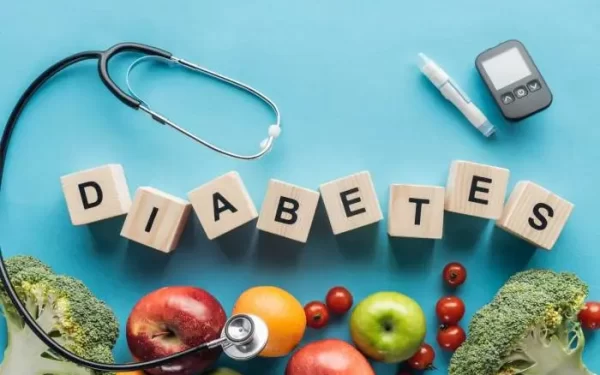Patience and Persistence, Understanding the Timeline to Lose Belly Fat

Losing belly fat is a common goal for many individuals striving to improve their health and appearance. However, it’s important to approach this journey with realistic expectations, as the timeline for losing belly fat can vary significantly from person to person.
Several factors influence the rate at which belly fat is lost, including overall weight loss, individual metabolism, body composition, and lifestyle habits. This article aims to provide insights into the timeline for losing belly fat and offer guidance on achieving sustainable results.
1. Factors Affecting Belly Fat Loss
- Caloric Balance: The most crucial factor in losing belly fat is achieving a caloric deficit, where you consume fewer calories than you burn. This deficit can be created through a combination of dietary changes and increased physical activity.
- Individual Metabolism: Metabolic rates vary among individuals, influencing how quickly they burn calories and lose fat. Factors such as age, genetics, muscle mass, and hormonal balance can impact metabolic rate.
- Body Composition: Body composition plays a role in belly fat loss. If you have a higher percentage of lean muscle mass, you may experience faster fat loss due to the increased metabolic activity associated with muscle.
- Lifestyle Factors: Lifestyle habits, including diet, exercise, sleep, stress management, and overall consistency, greatly influence the rate of belly fat loss. Sustainable changes to these habits are key for achieving long-term success.
2. Timeline for Losing Belly Fat
It’s important to understand that belly fat loss is part of an overall weight loss journey. The rate at which belly fat is lost will depend on individual factors and adherence to a healthy lifestyle. Here is a general timeline to consider:
- Initial Changes (2-4 weeks): In the first few weeks of adopting a calorie-controlled diet and exercise routine, you may experience initial weight loss, including some reduction in belly fat. This initial phase often involves shedding excess water weight and glycogen stores.
- Steady Progress (1-2 pounds per week): As you continue to maintain a caloric deficit through diet and exercise, you can expect a steady rate of weight loss. On average, losing 1-2 pounds per week is considered a healthy and sustainable rate. This gradual progress will contribute to losing belly fat over time.
- Plateaus and Adjustments: It’s common to encounter periods of weight loss plateaus during your journey. Your body may adjust to the changes, leading to a temporary slowdown in fat loss. In such cases, adjusting your caloric intake, exercise routine, or implementing new strategies may help break through the plateau.
- Long-Term Maintenance: Once you’ve reached your desired level of belly fat loss, maintaining a healthy lifestyle becomes crucial. This includes continuing with a balanced diet, regular exercise, and other lifestyle factors to sustain your progress and prevent regain.
Remember, everyone’s body is unique, and individual experiences may vary. It’s important to focus on overall health improvements and body composition changes rather than solely fixating on the timeline. Sustainable, long-term habits are key to maintaining belly fat loss and overall well-being.
Conclusion
Losing belly fat requires patience, persistence, and a holistic approach to health and fitness. While it’s natural to desire quick results, it’s important to embrace the understanding that sustainable fat loss takes time.
The timeline for losing belly fat varies from person to person and depends on various factors, including caloric balance, metabolism, body composition, and lifestyle habits. Focus on adopting a balanced diet, engaging in regular physical activity, managing stress, and prioritizing overall well-being.
By committing to long-term lifestyle changes, you can achieve and maintain a healthier body and enjoy the benefits of reduced belly fat over time.




